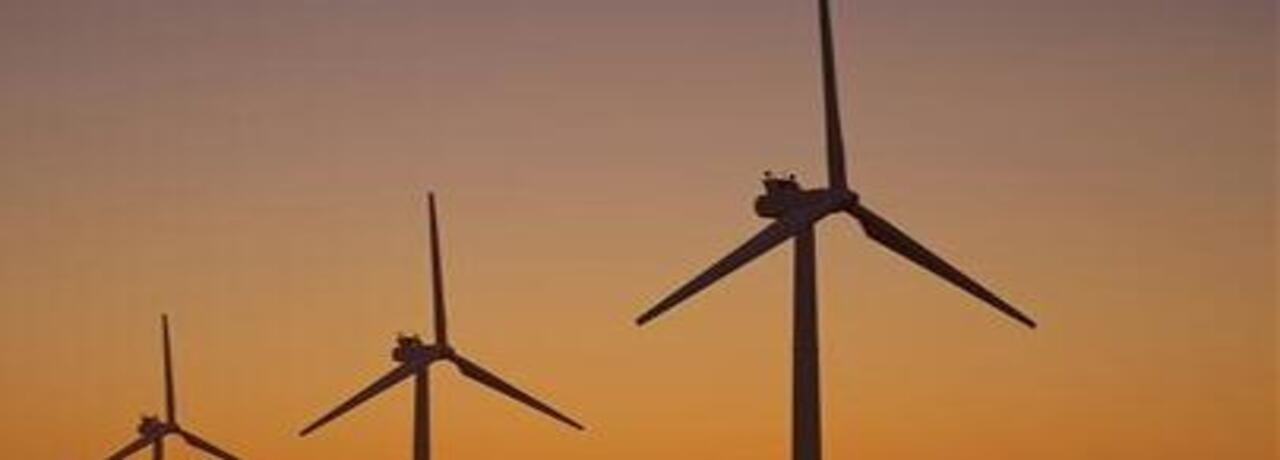In December, car sales contracted (-13% y/y), both USD-denominated exports (-4.4% y/y) and imports dropped (-7.6%), and producer prices growth slowed (+0.9% y/y from +2.7% in November). Looking ahead, it is firstly important to nuance trade results as they were heavily distorted by front-loading activity. Also, while Q4 disappointed, exports increased by +9.9% in 2018, the highest increase in seven years. Secondly, business surveys provide a more distinct picture with a declining momentum in manufacturing activity (PMI signals contraction) but a stronger performance of services. The exports and industrial production outlook, in particular, is weak for Q1 as corporates wait for the end of China-US trade negotiations. Thirdly, the authorities’ latest policy moves signal improved domestic resilience going forward. In January, the Central Bank cut the RRR for the fifth time since 2018, and the government committed to support growth through tax cuts to households and SMEs. Credit conditions have already started to improve (loans up +13.5% y/y in December 2018). In that context, economic growth is set to slow but remain resilient at +6.3% in 2019 (after +6.6% in 2018).















